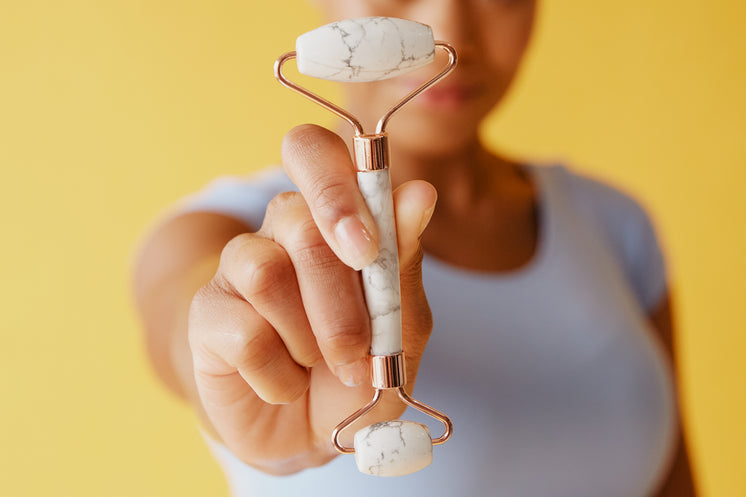ariel988876413
About ariel988876413
Latest Advances within the Treatment Of Erectile Dysfunction: A Comprehensive Overview
Erectile dysfunction (ED) is a condition that impacts millions of men worldwide, leading to important psychological and relational consequences. Historically treated with medications like phosphodiesterase type 5 (PDE5) inhibitors, latest advances in the understanding and treatment of ED have opened new avenues for patients. This article explores the newest developments in ED treatment, together with novel pharmacological approaches, progressive devices, and emerging therapies.
Understanding Erectile Dysfunction
Erectile dysfunction is characterized by the inability to realize or maintain an erection sufficient for satisfactory sexual performance. It may stem from varied components, together with psychological points, hormonal imbalances, and vascular diseases. The prevalence of ED will increase with age, nevertheless it also can have an effect on younger men attributable to way of life components comparable to obesity, smoking, and sedentary behavior.
Traditional Treatments: A short Overview
Before delving into latest developments, it is crucial to acknowledge the traditional treatment choices available for ED. PDE5 inhibitors, resembling sildenafil (Viagra), tadalafil (Cialis), and vardenafil (Levitra), have been the cornerstone of ED administration since their introduction within the late nineties. These medications work by enhancing blood movement to the penis, facilitating an erection in response to sexual stimulation.
While efficient for a lot of, PDE5 inhibitors usually are not appropriate for everybody, notably these with sure medical circumstances or these taking specific medications. This limitation has driven the search for alternative therapies.
Novel Pharmacological Approaches
1. New PDE5 Inhibitors
Current analysis has led to the event of recent PDE5 inhibitors with improved efficacy and fewer unwanted side effects. For example, avanafil (Stendra) is a newer PDE5 inhibitor that has a sooner onset of action and a shorter half-life, allowing for extra spontaneity in sexual exercise. Clinical trials have shown it to be effective and properly-tolerated, making it a promising option for men in search of treatment.
2. Hormonal Therapies
For men with ED associated to low testosterone levels, testosterone substitute therapy (TRT) has gained traction. Recent studies indicate that TRT can improve erectile perform in hypogonadal males. Nevertheless, it’s crucial to observe patients closely, as TRT can have unwanted side effects and will not be acceptable for all people.
3. Melanocortin Receptor Agonists
Melanocortin receptor agonists, comparable to bremelanotide (Vyleesi), have emerged as a new class of medications for ED. These medicine work by stimulating the melanocortin receptors in the mind, which can improve sexual arousal and improve erectile function. Bremelanotide is administered by way of subcutaneous injection and has shown promise in clinical trials, significantly for men with psychological parts to their ED.
Progressive Gadgets
1. Vacuum Erection Units (VEDs)
Vacuum erection units have been used for decades, but latest developments have improved their design and usefulness. These devices create a vacuum across the penis, drawing blood into the organ and facilitating an erection. Modern VEDs are extra user-pleasant and can be utilized together with constriction rings to keep up the erection.
2. Penile Implants
For men with severe ED who don’t reply to different treatments, penile implants remain a viable possibility. Recent improvements in implant expertise have led to the event of inflatable and malleable units that provide improved performance and patient satisfaction. The latest fashions are designed to be more discreet and simpler to operate, enhancing the overall experience for users.
Emerging Therapies
1. Shockwave Therapy
Low-depth extracorporeal shockwave therapy (LI-ESWT) is an rising treatment for ED that involves delivering acoustic waves to the penile tissue. This therapy goals to stimulate neovascularization (the formation of new blood vessels) and enhance blood circulate. Clinical studies have proven promising outcomes, with many patients experiencing important enhancements in erectile function after treatment. While still thought-about experimental, LI-ESWT could turn into a standard treatment choice in the future.
2. Stem Cell Therapy
Stem cell therapy is an exciting area of analysis in the treatment of ED, notably for men with vascular causes of the condition. Preliminary research have demonstrated that injecting stem cells into the penile tissue can improve erectile function by selling tissue regeneration and enhancing blood circulation. While this strategy is still within the analysis section, it holds nice potential for future purposes.
3. Gene Therapy
Gene therapy is another innovative method being explored for ED. Researchers are investigating the use of gene transfer techniques to ship genes that promote the manufacturing of proteins concerned in erectile function. Early animal research have shown promise, however human trials are needed to determine the safety and efficacy of this method.
Psychological and Behavioral Interventions
Along with medical and technological advances, addressing the psychological facets of ED is crucial for complete treatment. Cognitive-behavioral therapy (CBT) and intercourse therapy can be effective in managing the psychological elements of ED. Latest research recommend that integrating these therapies with medical treatments can lead to improved outcomes for patients.
Conclusion
The panorama of erectile dysfunction treatment (erectiledysfunctiontreatments.online) is evolving quickly, offering new hope for males affected by this condition. With advancements in pharmacological therapies, innovative devices, and rising treatment modalities, patients now have access to a broader vary of options than ever earlier than. As research continues, the way forward for ED treatment looks promising, with the potential for more effective, personalized, and less invasive options. It is important for males experiencing ED to seek the advice of healthcare professionals to explore one of the best treatment options tailor-made to their individual wants and circumstances.

No listing found.
